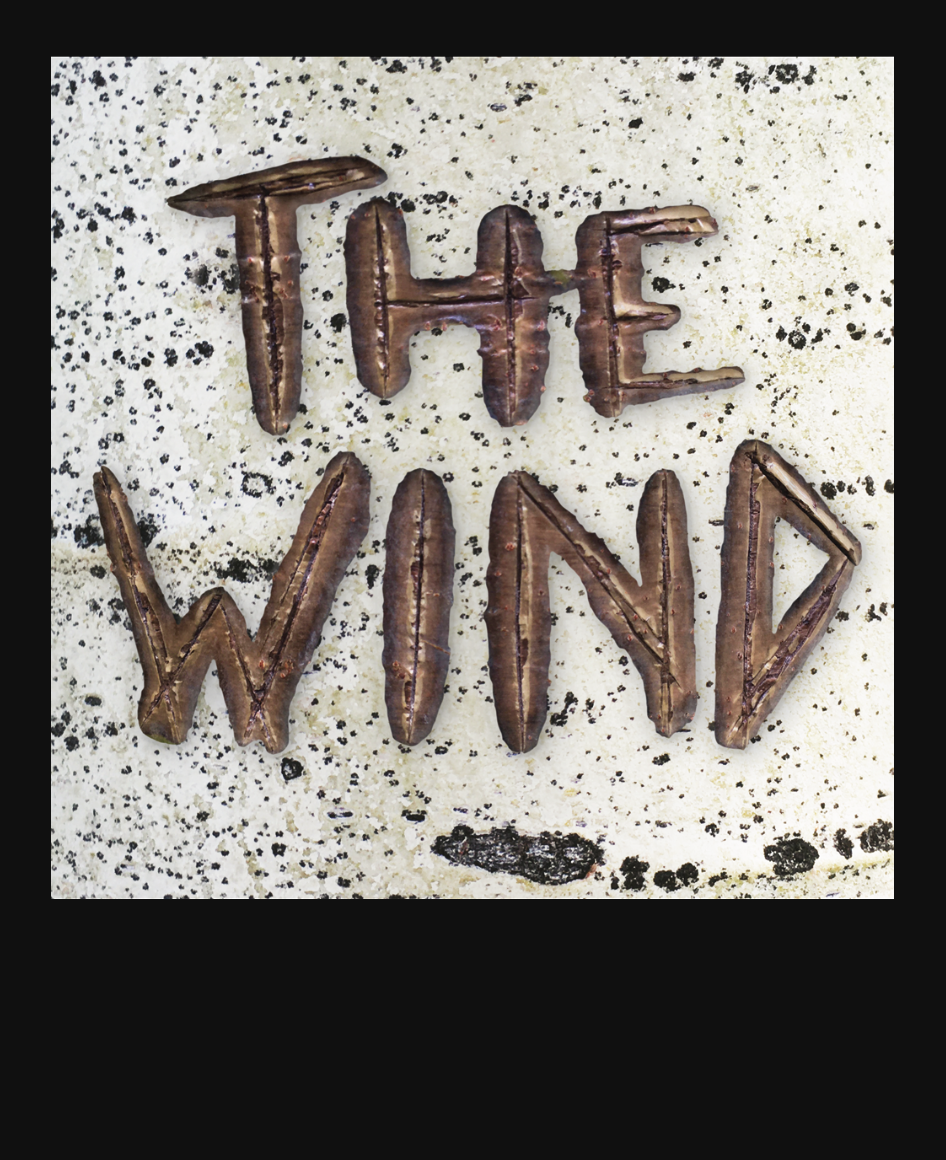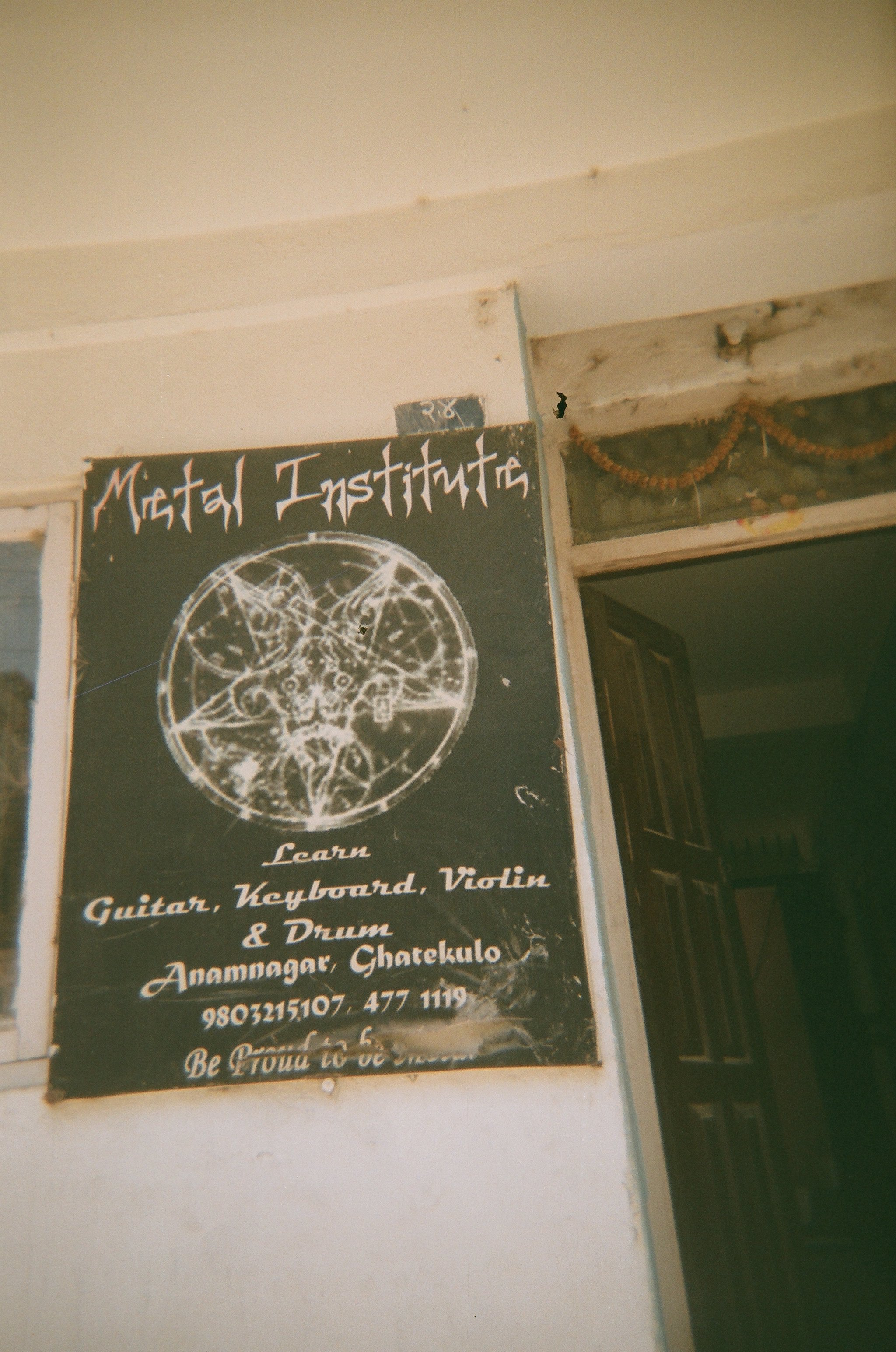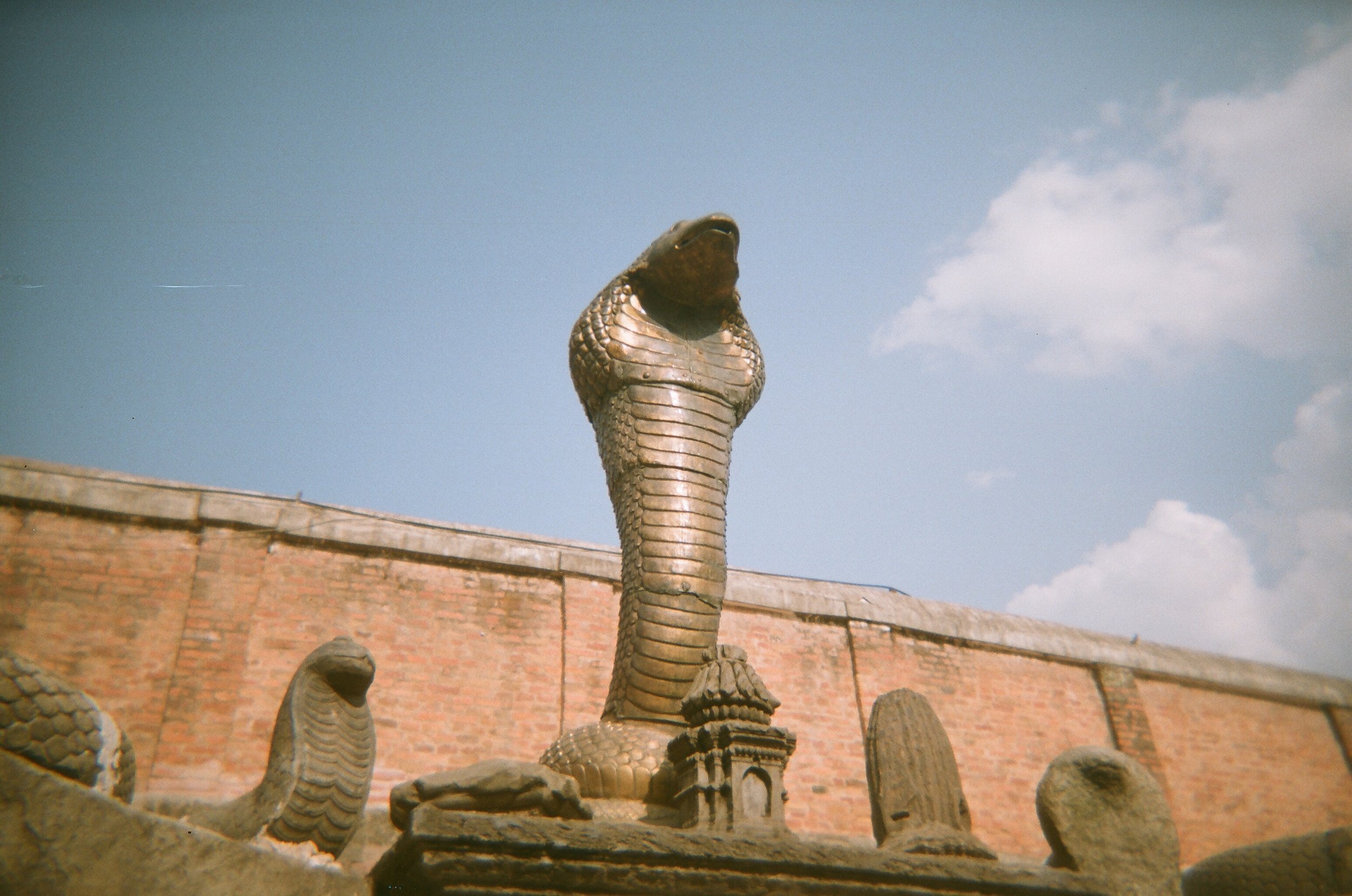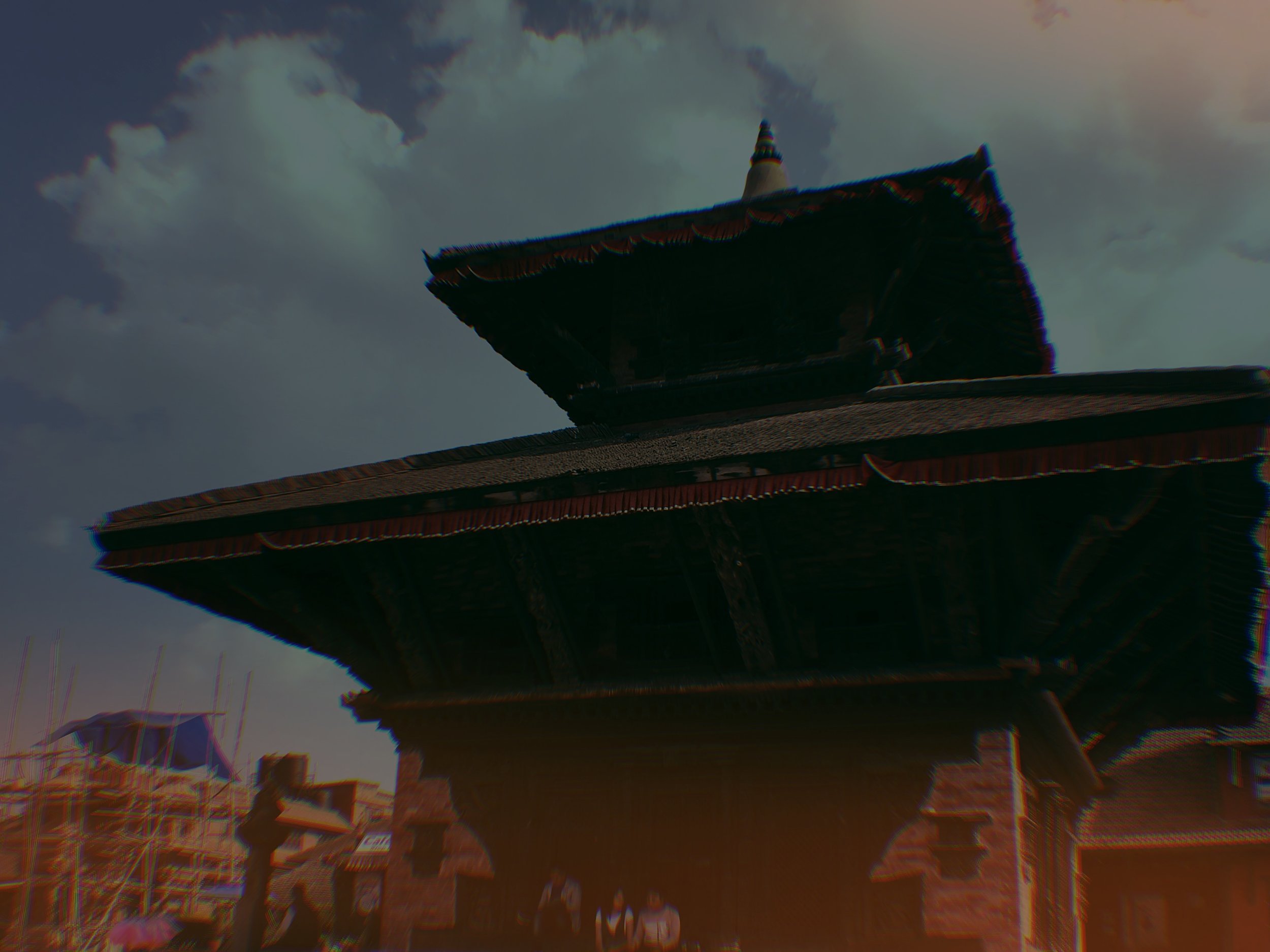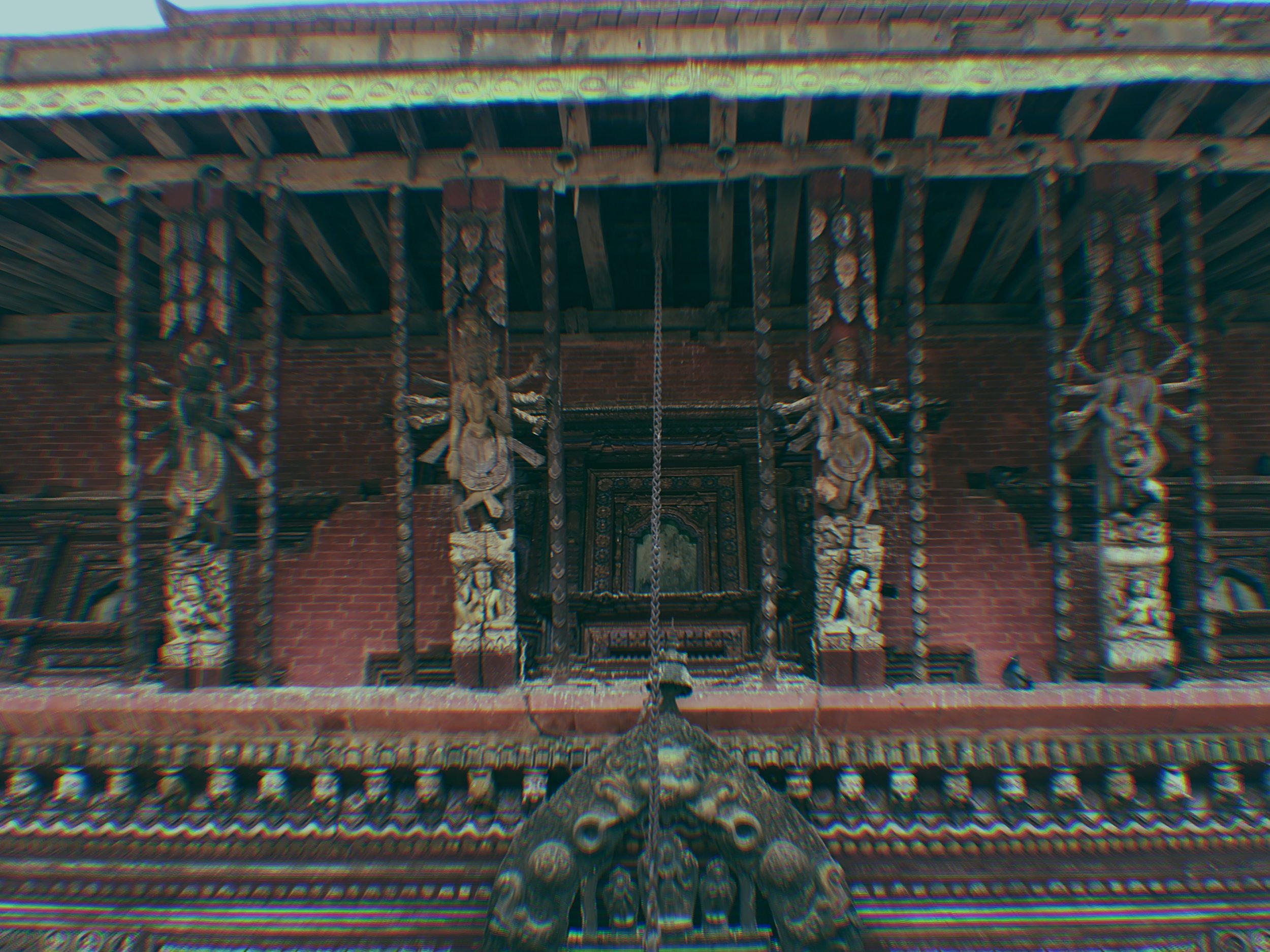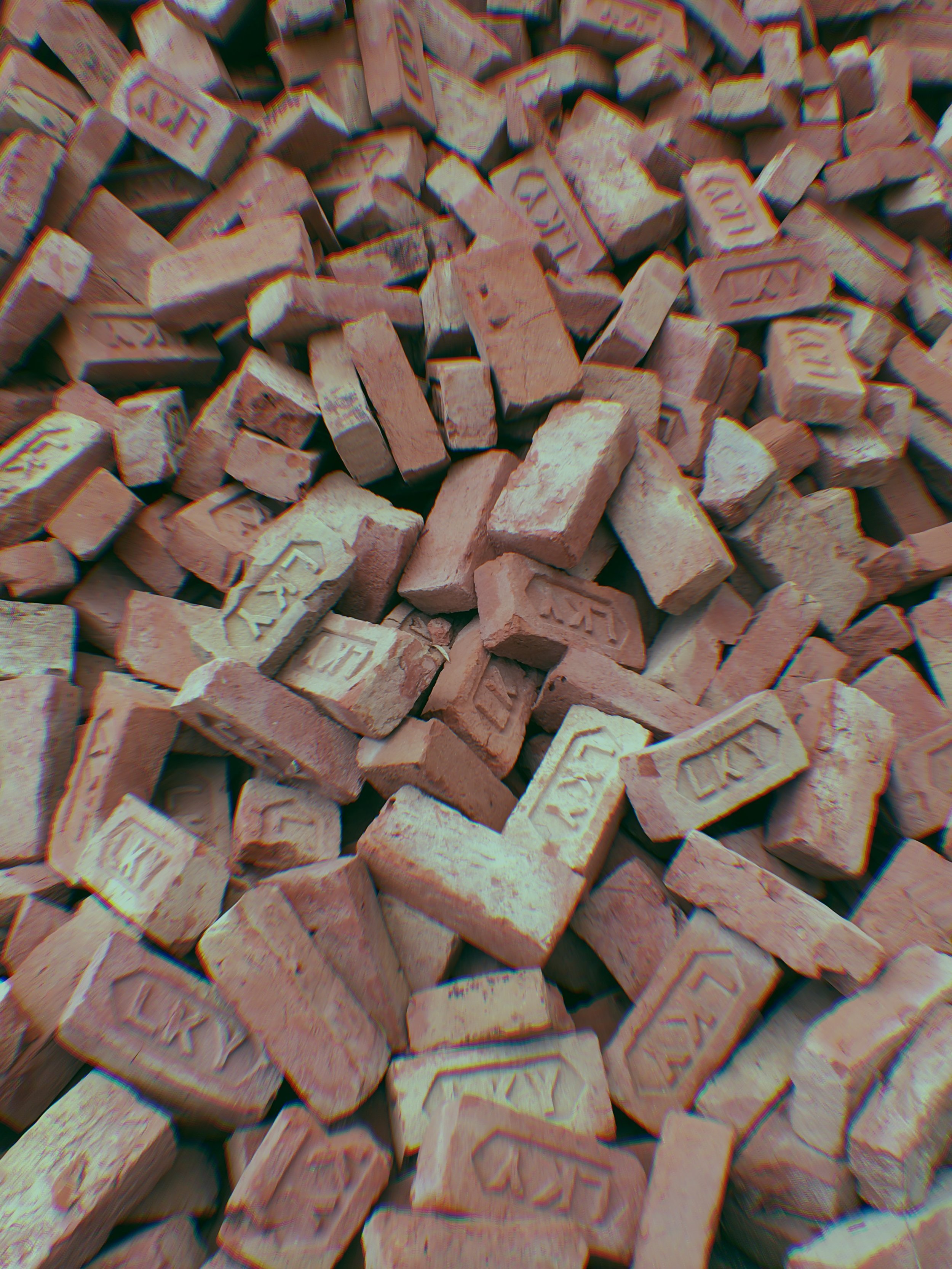In the season finale of Devil Music, we walk down to the crossroads to make a deal.
Steven Johnson: When I listen to it, it connects me with him in a way that... if it weren't for the music, I wouldn't have no connection to him… Those songs is what I have. That's priceless. I mean, It's a blessing to be able to share with the world, you know?
Steven Johnson: He wanted to be a good man. Live a good life. Live life the right way. He tried marriage a couple of times. Even tried to marry my grandmomma, but because my great granddaddy was a Southern Baptist preacher, he wouldn't allow that marriage to be.
Steven Johnson: My granddad was born in Hazelhurst, Mississippi. At a very, very young age, he ended up living with his mom and stepdad up in the Delta. And during his teenage years, he became intrigued with the guitar. And he would sneak out, looking in the windows of juke joints up in the Delta and listen to Son House and Charlie Patton and Willie Brown. He became intrigued…Something special about that music…
A young Robert Johnson, uninterested in share-cropping, working hard hours in the hot sun for little pay, began hanging around the dark bars in the Mississippi Delta. He’d catch performances from some of the originators of the Delta Blues. Musicians like Willy Brown and Son House.
Son House: So he’d follow me and Willy around on Saturday night, yeah Willy Brown.
Robert loved to watch Son House play. On occasion, the musicians at the juke joint would go take a break, smoke a cigarette, and Robert would slip up onto the stage.
Son House: we’d go out on break, catch some air, and he’d get the guitar and he’d just be noising the people, you know…they’d say make that boy put that thing down, he’s running us crazy!
Steven Johnson: All he doing is just noising to people. Get that, making all kinds of noise. Get that thing from him!
Robert was not good at guitar. And everybody knew it.
He was some local kid who the other bluesmen knew as an amateur, wannabe musician, and in the winter of 1931 Robert left the Delta heading south. He was on a mission to track down is biological father.
Steven Johnson: Noah Johnson. And in searching for Noah Johnson. He hooked up with a guy called Ike Zimmerman. Ike became Robert Johnson's mentor. My granddad stayed at Ike's house a lot…
But considering Robert’s noisy inability, Zimmerman suggested they stop practicing in his house, around his family.
Steven Johnson: Across from Ike's house there was a cemetery, and my granddad and Ike would go out in the cemetery and practice. He would say, "Robert, you can play just as loud as you want out here cause nobody's going to bother, nobody's gonna complain!’
Charlie Patton, an influence of Robert Johnson
Ike and Robert would sit on the edge of parallel tombs, and play. Often they’d pick their guitars through the night, singing midnight blues to the dead.
And this is where the story splits. In Son House’s retelling, he claims that Robert was away for just 6-8 months. In Steven Johnson’s research about his grandfather, he believes it was at least 2 years, maybe 3 or 4. But when Robert eventually returned to the delta, he stopped by some of his old haunts.
Son House: He was gone about 6, 8 months. When he come back me and Willy Brown was playin and he walked in and he says "can I play a tune?" I says "don’t come back with that Robert! you know the people don’t wanna hear that racket." he says "let them say what they wanna say. I want you to see what I learnt.”
Robert proceeded to pick up the guitar and cast a sort of spell over the joint. It was as if 3 men were playing at once, a transcendent sound emanating from this young man they knew to be a noisy amateur. Something otherworldly poured from his fingers.
And so, in Son House’s telling, the room surmised, in his absence he must’ve gone to the crossroads and sold his soul in exchange for his newfound abilities.
Steven Johnson: He was playing in a way that They had never heard. They didn't know that. I mean, how in the world could you leave that short period of time and then come back here out playin us? What did you do, Robert? And there goes the myth.
•
Robert did little to nothing to dispel this story in his life time, even writing songs about the crossroads, about the devil. Hellhound on my Trail, Cross Road Blues… And perhaps the proverbial nail in the coffin was that he would die young. The details are murky, but he was poisoned, and he had recently slept with the bartender’s wife.
Two years before his death, he was invited to record in San Antonio Texas. These recordings, plus a later session in a hotel room in Dallas a year later, would prove to be his full discography. Robert was poisoned in 1938 and died a violent death at 27 years old — the first in a line of influential musicians to die at 27.
Fil Corbitt: Do you remember the first time you heard that story about Robert Johnson?
Chris Smith: Yeah, I do. And, and I heard it the way I think a lot of young white would be blues guys in the 1970s did, which is that an older person told it to me, probably another, slightly older white blues guy from whom I was trying to learn music
Chris Smith: I'm professor and chair of Musicology and Director of the Vernacular Music Center at Texas Tech University in Lubbock, Texas.
Chris also co-hosts a podcast called Sounding History, a great show that reframes global music history on a 500 year scale. In their first season, they made a piece about the fog of myth surrounding Robert Johnson.
Chris Smith: Son House was really the one who promulgated that story. Of course, Robert had died, and so Robert wasn't around to either confirm or deny it. But Robert's not the only person about whom that story was told. The blues man Tommy Johnson had that story told about him, and a great musician, great guitar player and singer called Pete Wheatstraw who called himself the devil's son-in-law. So it's this kind of common trope that blues guys used sometimes as a kind of self advertising thing. The thing about Robert is, Robert died young and he died as a result of malice. And Robert had a lot of songs about me and the Devil Blues and Hell Hound on my Trail. And he wrote toward that, if I could say. And he was an absolutely hellaciously good musician.
Fil Corbitt: I had noticed in the storytelling about Robert Johnson that there was this discrepancy between -- depending on who was telling it -- that there were certain people who were saying, he left for five or six months, came back, he was the best guitar player I ever saw. His grandson said he was gone for two or three years… Two to three years is plenty of time to get really good at the guitar. What he was doing in that time was he was going off to learn from Ike Zimmerman, an older blues man. And I mean, say it is one year, that is enough time I would imagine, to kind of develop a new style and pick up something if you're practicing it all the time.
Chris Smith: Yeah, And there's another thing about Robert that, that in the, in the early seventies when I first was introduced to his music, when the myth was still very alive amongst the young white guys of the blues revival... There's another thing that we didn't really realize about Robert at that time. Cause all we had was that Columbia LP set. Volume One and Volume Two of King of the Delta Blues Singers, and it collected all of his 78s. We didn't have the alternate takes. We didn't have other stuff. So it was this, almost like this fetish object. And here's this picture of Robert and in the, in the double one, the gatefold one, there's this beautiful image where he's sitting in the corner of a hotel room in Dallas, and he's facing into the corner of the room. This is the story we told on, on our own pod, on the sounding history pod, and he's doing it for a reason. He's doing it because he understands this technology behaves this way if I face in this direction. But it became this thing like, oh, but he was so tortured and shy that he couldn't bear to face people, and it wasn't anything like that. Ry Cooter said, no, that's not what he was doing, he was corner loading.
Corner loading is an audio technique, using the hard corner of a room to bounce and amplify certain frequencies over others. It’s a simple yet sophisticated approach to recording, and it can make a single voice and guitar sound just a little bit bigger.
Chris Smith: The other thing that we didn't really realize at that time was how much Robert was absolutely a second generation player, and one of the most important influences on Robert was that he could listen to records. Because that's where he really went to school. He went to school on the records of people like Henry Thomas and especially Charlie Patton. Charlie Patton was 30 years older than Robert. And the result was that Charlie started playing before there was recording. And there's a kind of beautiful, fascinating self consciousness that happens when a developing artist can access inspirations in material form, in physical form, and study them and like be a musicologist and go to school on them. And Henry Thomas and Charlie Patton, who were the first generation recorded, they couldn't do that. Not initially. Robert could, so Robert's second generation, kind of like we were the third generation who went to school on Robert’s records.
The fact that Robert Johnson had just one record - the 29 songs that made up King of the Delta Blues, was a big part of his legend.
Chris Smith: I mean, it's understandable, right? We want to mythologize artists. We don't necessarily want them all, we don't want to perceive them as as tortured necessarily, although it makes a good story. But you know, creativity is mysterious. it's a mysterious thing, you know, especially in an art form like the Delta Blues that wasn't studied in universities, that wasn't taught as a formal, as a, as a considered sophisticated art. The myth is understandable because creativity is mysterious.
Chris Smith: Any creativity is situational. It happens at a moment in a particular way, and it would happen differently at another moment. I think we so much inherit this European romantic thing of — either the tortured artist in their garret, composing music or painting that the world doesn't understand, no one understands me! — or that it's this divine inspiration and, and in fact, the art forms that I'm interested in, not just the blues, are things that emerge out of circumstances and people, and people coping with circumstances.
Chris Smith: And for sure if you were a black person, a young black man in the Jim Crow South and you didn't want to work behind a mule or chopping cotton your whole life, then you were making choices to try to better your life. To try to have a life that wasn't brutal physical labor. Maybe have a life that would get you out of the Jim Crow South and you were putting yourself at risk just by being that person.
• • •
Steven Johnson: He said I went to the crossroads, fell down on my knees, and begged the lord to save poor Bobby if you please. Now, if you asking for God to save you, it don't sound like you was selling yourself to the devil, asking for salvation at the same time.
The grandson of the bluesman who sold his soul to the Devil, Steven is a now a blues musician and preacher.
Steven Johnson: I believe my granddad was at a crossroad in his life. It’s like, every time I go to do good, evil is present… When I first began to really study my Granddad's 29 songs, I listened to them and I understood the life that he lived from being a womanizer to being a person that wasn't brought up in a home with a loving mother and a father figure that he could see on a daily basis ,to being a traveling man to, being a womanizer and drinking... A lot of times he would drink to actually play the music and to do a lot of the devilish stuff that he did.
• • •
Chris Smith: Crossroads are mysterious places, mysterious, spooky. Risky places. Places full of risk and potential chaos in lots of world cultures. They are in West Africa. They are in the African Caribbean. They are in the American South. They were in in medieval Europe. That's why they put gallows and buried criminals at Crossroads. That's why Odysseus mistakenly meets his father and kills his father unknowingly at a crossroads, right? In the West African context, that crossroads is not a four-way crossroads. It's a three way crossroads. It's three roads that come together. And the reason is that I find that a particularly resonant image is because if you're in a four way crossroads, like the end of the Tom Hank Castaway film, right? Where he's driving a UPS truck and he stops at a crossroads and the camera pulls way back wide and he stops there and it's evident that he doesn't know in which direction he's gonna go. He can't decide, but he could also at a four way crossroads, even if it's deserted, he could proceed straight, But a three way crossroads you have to make a choice.
right, or left.
Chris Smith: there's, there's power in that because life does do that. Right? And we don't know what comes on the road not traveled…Elegua is the patron of the crossroads, He's the God of chance or chaos or accident. He's also the God in a santaria ceremony, he's the God who comes first. If you're participating in Santaria Ceremony, the first songs are to him. And you sing and you play and you cleanse yourself and you pray in hopes that Elegua will will come because it's Elegua who opens the path. Right? It's that pathway thing again Elegua opens the path for the other gods to come.
This god of the crossroads and chaos is deeply linked to, perhaps one in the same with, the trickster. A figure that appears in cultures all over the world.
Chris Smith: when I'm teaching my own students, they always think of Loki in the Marvel comics universe. Because you know, he starts out as being this chaos agent, right? But lots of cultures have chaos agents because I think in lots of cultures we understand that sometimes things happen for no good reason. Sometimes good things happen for no good reason and even more sometimes bad things. So we mythologize it. We say, 'ah, there's somebody who wants this chaos.' And one of the things I love about, about Elegua is that Elegua is really a way of saying, 'yeah, but chaos is gonna happen anyway, so why don't you make friends with it, maybe even learn to talk to it.' And I think Robert, I think Robert did that.
The god of the crossroads is an agent of destabilization and it’s a god that has everything to do with pathways and direction.
Chris Smith: I think that's a really good insight. To me, there's a kind of spiritual eloquence about understanding a change agent, the embodied deity of change, as not malicious, but simply as a personification, a deification of the way that the world actually is. The world is full of chance. The world is full of accidents, which are either horrible or happy, and a religion that accepts that, that says, 'yes, the world is full of chance and bad things happen for no reason, no appreciable, no seemingly visible reason. Just as sometimes good things do.'
Chris Smith: …there were moments in the history of this country in North America, in which it became theologically important to find, accident or change, to be evil, to be malicious, to attach malice to it, to perceive a malicious intelligence behind it.
Chris Smith: There's a great book by, uh, the journalist Michael Herr who's now dead. He, he was writing about the Vietnam War. He was one of the, Correspondence writing about that war and what it was like to be there as a young American. He wrote beautifully and, and very starkly and very sadly about Vietnam. And there's one point in the book where he says something like... he's having a conversation with somebody and they're trying to trace, when did the US involvement in Vietnam happen? Was it in 1965 when they faked the Tonkan bay explosion? or was it in 1962 when they sent advisors or you know, when did it happen? When, you know, when did it all begin? And he said, well, you know, you know, the really long historical view was, oh, it was when the French tried to hold onto it in the fifties. But Herr said, you know,
Chris Smith: (paraphrasing Michael Herr)”…maybe you just have to think back to those first English Protestants coming to North America and finding the woods of North America so deep and vast and scary that they filled up those spaces with their own devils…”
The pathway is hot, the sky thick with smog. Los Angeles Police helicopters endlessly whir overhead, while pinwheels on the ground mimic the action, squeaking in the light breeze of the cemetery. Early Summer in Compton and I walk the rows, reading hundreds of names, crouching to brush off the freshly mown lawn clippings.
With some help from the undertaker, I find the gravestone decorated with a small guitar. About 20 years after Robert Johnson’s death, his mentor Ike Zimmerman left Mississippi. Sometime in the 1950s he gave up music entirely and moved here to California, then became a pentecostal preacher. I wonder if he thought back much to his previous life, teaching guitar to a wayward kid in the local cemetery. Two men joined through music and circumstance, under a warm Mississippi moon. There’s a good chance Ike was no devil, just a good guitarist who died of a heart attack at 68 years old far away from the Delta.
Steven Johnson: And I don't know, I wonder to this day, whether my granddaddy dismissed the myth or just lived alright with it. I really don't know. But I do know is the gift that he had and the skills that he obtained, came from a lot of practice and performances in the central Mississippi area during the time he came back.
Sometimes practice, patience, community seem of an other world. Inaccessible, hard to believe.
Chris Smith: Although it is a myth, although it was a myth that some of those blues guys attached to themselves or that others, some other blues guys attached to people like Robert, It recognizes that creativity is a mysterious thing.…you have to create the circumstances that permit the God to come or that permit the creativity to come. You gotta be pure, you have to have the right intentions. You have to have your tools. You have to have your space. You have to have your sound. You have to have your movement. You have to have your community who are all working together with true spirits to make this magical spark happen. …But I truly believe they, they emerge through moments of human communities trying to make sense of the world through which they're moving.
Chris Smith: I'm 63 years old. I don't need to believe what I believed at 13, that Robert had sold his soul. A half century later I can instead be completely humbled and completely inspired and completely empowered by the courage it takes in conditions of great suffering, whether you're black or indigenous or brown or female or non-cis, to turn around and say, ‘I'm going to make art that celebrates my experience.’ To me, that is the greatest mystery of all…
Chris Smith: And that's why I would sign that contract.
Tags, Topics and Mentions: Robert Johnson, Delta Blues, King of the Delta Blues Singers, King of the Delta Blues, Willie Brown, Charlie Patton, Son House, Juke Joints, Mississippi, Origin of Blues Music, The Crossroads, The Cross Roads, Hellhound on my trail, crossroad blues, did robert johnson sell his soul to the devil, the devil at the crossroads, selling soul at crossroads, blues guitar history, Chris Smith, sounding history podcast, corner loading, Steven Johnson, Robert Johnson Blues Foundation, Grandson of Robert Johnson, the blues, devil music, the trickster, god of the crossroads, chaos agent, loki, odysseus, the wind, ike zimmerman, ike zimmerman grave, ike zimmerman blues, season finale, music podcast, music journalism, podcast from desk in the woods, fil corbitt